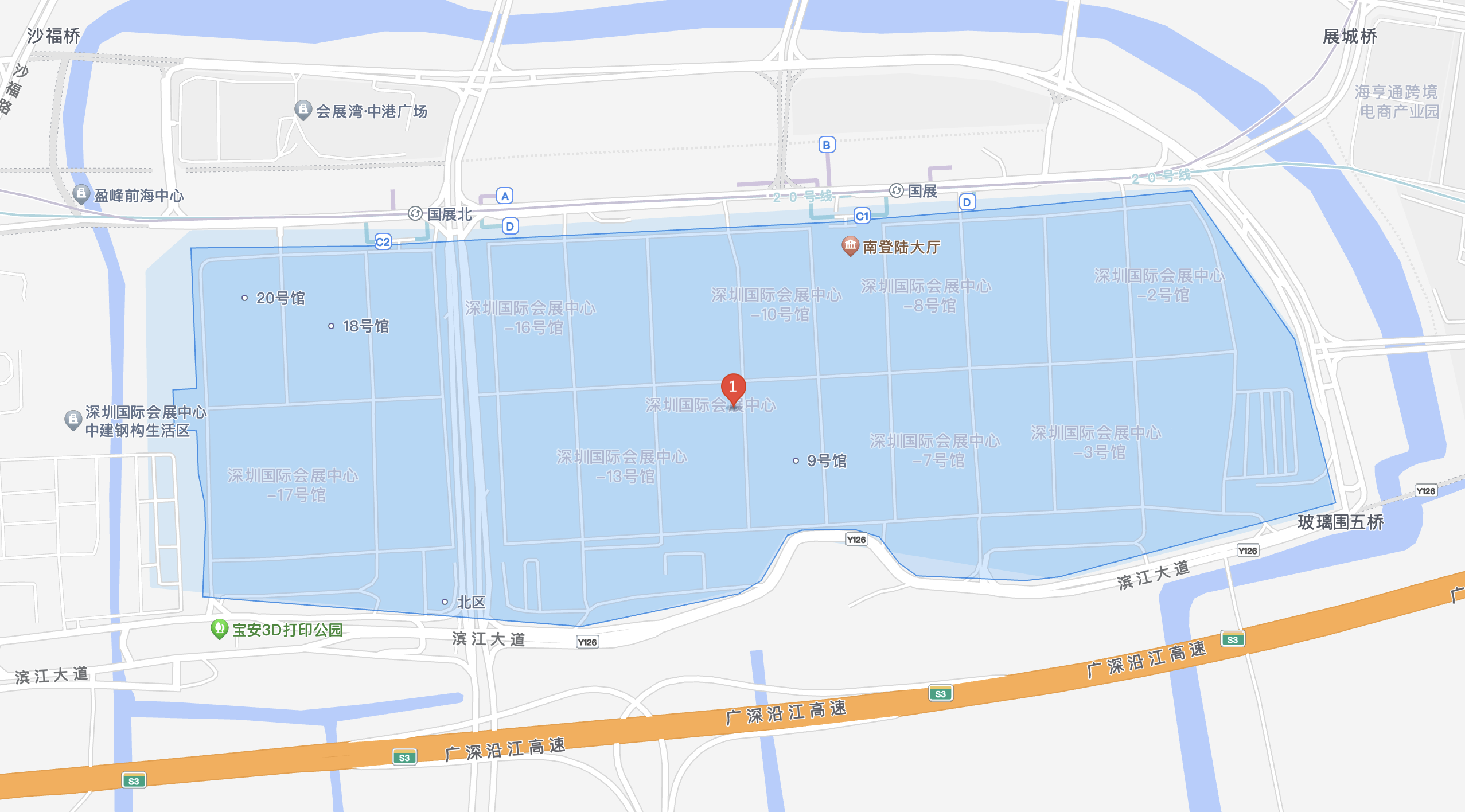Globally, the shipment volume of smart meters is very impressive.
According to data from the U.S. Energy Information Administration as of 2021, the number of smart meters in use in the United States is 130 million, accounting for 64% of the total 160 million meters, and the penetration rate of smart meters in some regions exceeds 70%.
Japan proposed to replace 80% of Japan's traditional meters with smart meters by 2024 to improve energy efficiency.
India launched the Advanced Meter Infrastructure Program in 2015, with the goal of replacing 250 million traditional meters with smart meters.
In the EU region, such as Germany and France, electricity prices fluctuate frequently and are often too high due to energy shortages, which will first put pressure on residents' electricity consumption. Therefore, dynamic electricity prices are implemented through smart meters, and renewable energy is introduced to help families understand energy consumption and manage energy accordingly. European countries have raised the target of smart meter penetration to 80% or even higher.
In China, smart meters also have a fairly high penetration rate, and the State Grid and the Southern Grid continue to carry out smart meter bidding projects. For example, the State Grid has scheduled three smart meter bidding plans in February, July and October in 2024, one more than in 2023. The reason is that the large number of smart meters deployed by the State Grid between 2014 and 2015 have reached an eight-year maintenance and replacement cycle, and 2024 is the period of rapid expansion of smart meters of the State Grid.
In addition, the core purpose of installing smart meters in different countries is slightly different. For countries such as the United States and Europe, smart meters can help optimize grid management, access and manage renewable energy, and reduce manual meter reading costs; for developing countries in Asia, Africa and Latin America, smart meters can reduce effective electricity theft and ensure the stability and safety of power supply.
Of course, in addition to the management of power distribution and power consumption, there is also room for intelligent water management, including timely detection of pipeline faults and water leaks, and support for users to view water consumption in real time. Compared with traditional gas meters, smart gas meters also support the ability to timely detect gas leaks and abnormal pressures and send warnings to users to ensure safe gas use by users. With the development of intelligent technology, the penetration rate of smart water meters and gas meters has also steadily increased worldwide.
When smart meters have a definite market space, the industry's wireless technology solutions for smart meters will become more diverse and mature.
1. NB-IoT/LoRa solution:
Both are low-power, long-distance IoT connection technologies, so they can support the key requirements of smart water meters and smart gas meters, such as long transmission distance, wide coverage, and long battery life. Among them, NB-IoT belongs to cellular networks, and manufacturers need to pay monthly fees; LoRa works in unlicensed frequency bands and adopts self-organizing networks. The initial construction investment is relatively large, including the need to equip the meter terminal with a collector or concentrator to complete the data upload to the network. In the application of smart meters, customers in a considerable area overseas are using LoRaWAN meters.
2. Cat.1 solution:
Cat.1 has advantages over NB-IoT in speed, latency, and mobility, but NB-IoT still has the advantage of low power consumption. If the meter terminal has high requirements for real-time data transmission, Cat.1 is better; if the demand for extending battery life is higher, NB-IoT is more suitable.
3. Wi-SUN solution:
Wi-SUN works in the Sub-1GHz frequency band, has the characteristics of wide-area and long-distance communication, and supports covering a wider area with fewer nodes. In addition, Wi-SUN uses a mesh network topology. If a node fails, the network can be reconfigured to maintain connectivity. Wi-SUN's low power consumption is also suitable for supporting battery-powered devices such as smart meters with a life cycle of several years.
Another major reason why Wi-SUN is suitable for metering equipment is related to its support for OFDM modulation. OFDM will support devices to transmit large amounts of data over limited bandwidth (transmission rates can reach 2.4Mbps), which matches the requirements of smart meters for higher data transmission rates and lower latency to ensure accurate calculation and real-time updates of electricity bills.
4. Wi-Fi HaLow solution:
Wi-Fi HaLow operates at 900MHz and has the characteristics of low power consumption, long distance, and large bandwidth. Currently, North America and Australia are verifying the feasibility of Wi-Fi HaLow in smart meter applications.
5. NearLink solution:
NearLink's low power consumption, low latency, and high reliability make it being studied for smart gas meter products. In 2023, Nengchuang Technology, a subsidiary of Mianyang Gas Group, Ailian Technology, a subsidiary of Changhong, and Huawei HiSilicon jointly developed the first Xingshan smart gas meter, which has functions such as risk AI judgment, active information reporting, and remote immediate response. At present, the actual application of Xingshan gas meter needs to be observed.
In addition to the above protocols, the integration of different technologies is also an innovative idea.
The most obvious is that the trend of Bluetooth joining the meter is strengthening. When the infrastructure meter is perfect enough, the rest is to continuously improve the user experience. At this time, whether it is a smart water meter with NB-IoT+Bluetooth dual IoT channels or a smart meter with Bluetooth+Wi-SUN dual-band, Bluetooth is used for fast connection to support on-site debugging/inspection and other applications. According to feedback from enterprises, Bluetooth dual-band products are currently popular on the client side.
This paper is from Ulink Media, Shenzhen, China, the organizer of IOTE EXPO (IoT Expo in China)






